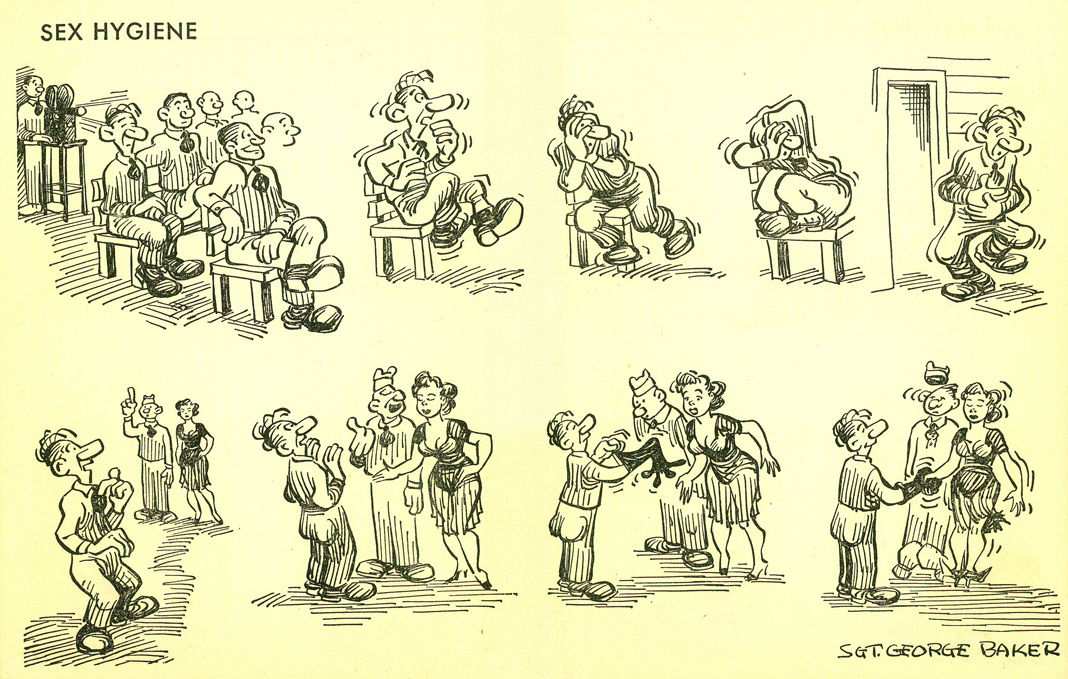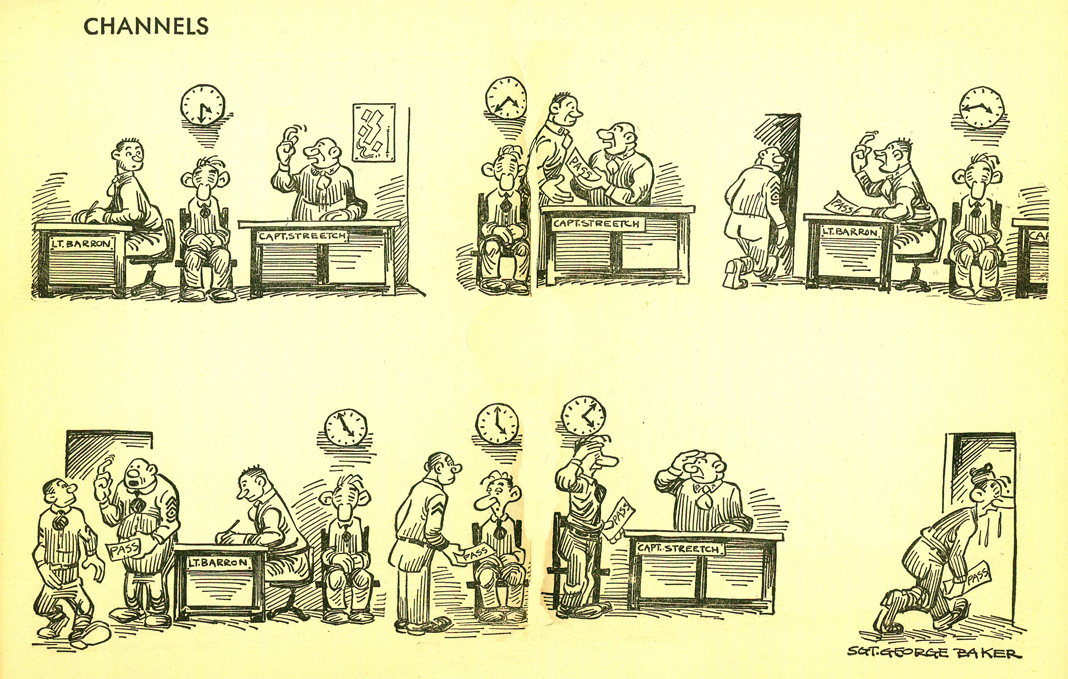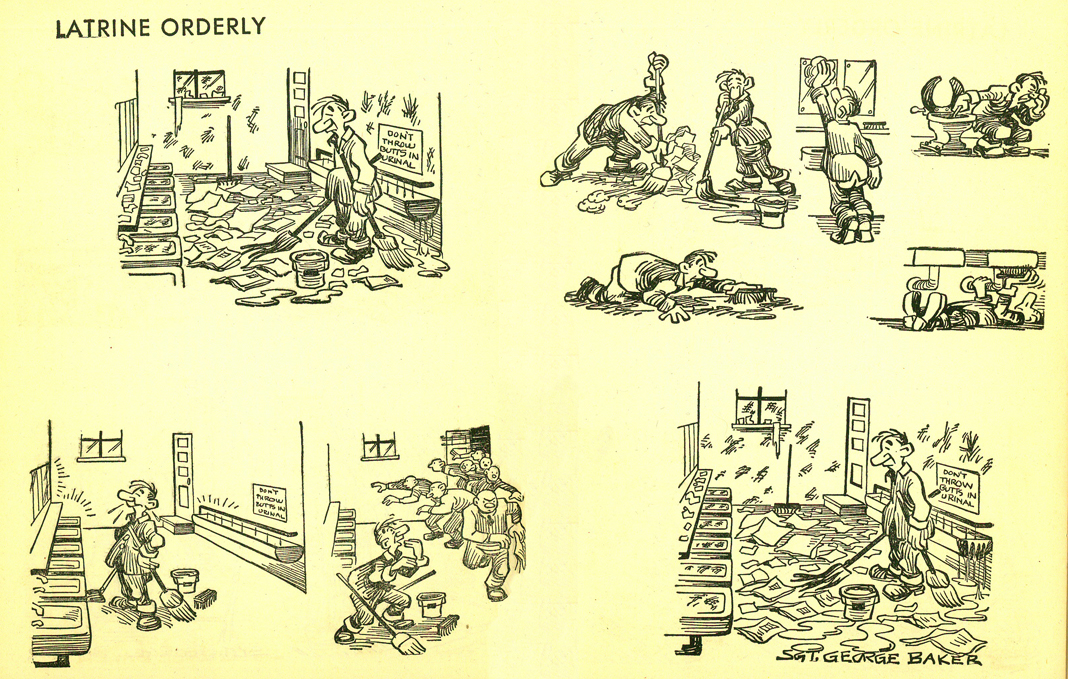I wasn’t actually allowed behind the scenes at the Bill & Melinda Gates Foundation’s recent meeting in Seattle entitled “Strategic Media Partnerships.”Even if we're talking about something like polio where not only the objectives but the sub-objectives and the methods are relatively noncontroversial, this kind of collaborative relationship between journalists and the organizations they cover should make people uncomfortable. As admirable as these goals may be, supporting them is not the job of journalists.
The Gates Foundation funds a lot of media – more than $25 million in media grants for 2012 (but still less than 1% of the budget).
I’m media but I wasn’t invited. I asked if I could come and report on it, but was told the meeting was off the record. Those attending included representatives from the New York Times, NPR, the Guardian, NBC, Seattle Times and a number of other news organizations, non-profit groups and foundations. Not all were grant recipients, or partners. Some just came to consult.
...
Outside of the Gates media confab last week, I talked to a number of participants – usually ‘off the record’ – to learn that it was mostly a discussion about the sorry state of the media and how to improve coverage of neglected issues that concern the philanthropy in areas like global health, foreign aid, development and education. Media folks presented case studies, ideas and mulled over measuring impact – because that’s what Bill and Melinda want, measurable impacts.
...
Dan Green, a highly respected journalist and now director of media partnerships for the Gates Foundation, has by all accounts built a sturdy firewall at the philanthropy between grants to news organizations and anything to do with the foundation’s advocacy projects.
The ethical problems grow by orders of magnitude when we wander into advocacy. Just to pin down our terms, advocacy (at least the kind we're concerned with here) is trying to convince governments to take certain actions. For example, rather than building a hospital, advocacy projects try to get taxpayers to build it.
By its very nature, advocacy groups try to influence journalists. That is not, in and of itself, a bad thing -- advocates can perform a vital role -- but advocates are essentially salesmen, and journalists should treat their information and proposals with the same skepticism that consumers should treat claims in TV commercials.
All this talk of firewalls sounds impressive, but it is problematic under even the best of circumstances and in certain areas is all but impossible. When it comes to education, for all intents and purposes the Bill and Melinda Gates foundation is an advocacy group. The stated purpose of pretty much all of their major initiatives is to promote a collection of policy positions. They provide lobbying and massive PR funding and resources to promote the policies they support. They fund and propagate favorable research. They find and back like-minded public officials such as John Deasy. We can argue about the wisdom of those proposals, the validity of that research and the confidence of those officials, but we cannot reasonably say that this does not constitute advocacy, nor can we argue that cozy relationships between advocates and and journalists are a good thing.









